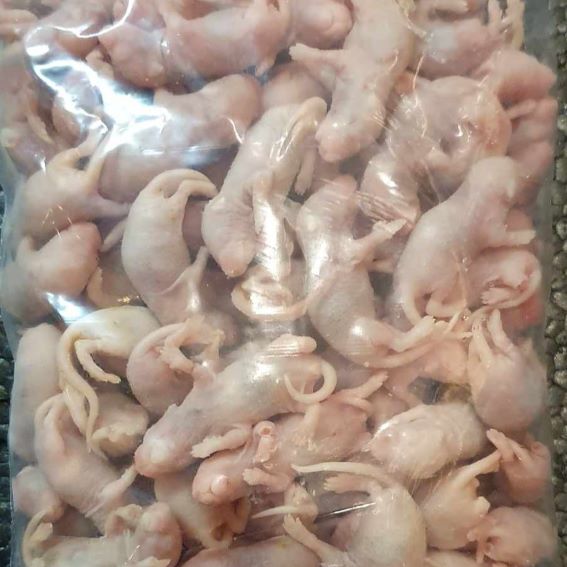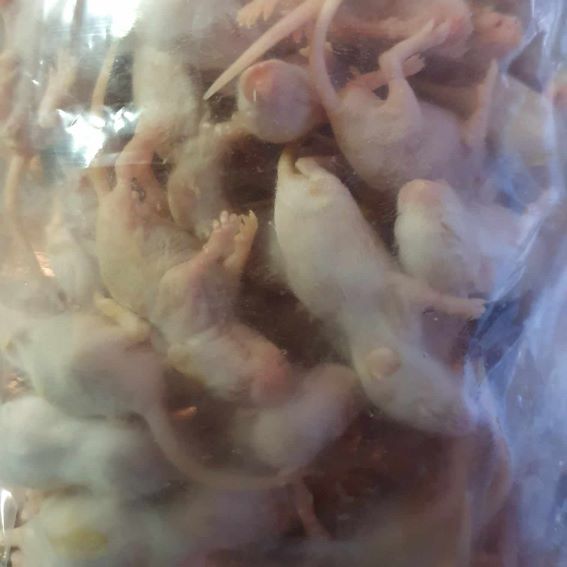South of France whereas in Belgium the black soldier fly cant hibernate, so we will not find it in the wild. Although its name may sound a bit aggressive, the adult fly is completely harmless.
Its lack of mouth parts means it cannot bite and only drinks, which also means that as an adult it lives off the reserves it has built up as a larva. That is why larvae have such a high nutritional value. During its larva period which lasts a few weeks, it can live off various kinds of organic material. That can be manure or rotten tomatoes, but also a body, human or otherwise.
That is one of the reasons why it is so well known by medical examiners; by linking temperature and air humidity data with the black soldier fly larva stage, they can deduct when somebody died.
At the moment there are also several breeding processes in progress in order to convert organic waste into a kind of insect protein which can be re-used in fodder.
Insect fat could also be used as bio-fuel and the chitin, so abundant in this insect, could be converted into chitosan, which can be used in industry. A better idea to recycle waste into something useful via insects is hard to find. This waste process using hermetia is at the moment only allowed in North America.
Topinsect Hermetia larvae have not been bred on waste but GMP+ certified vegetable feed material.
They are low-fat (12,9 %) and have, contrary to the usual feeder insects, a natural and well balanced calcium-phosphorus ratio, i.e.: 3,35:1 (pinkies 0,1:1 buffalo worm 0,25:1).
Calcium content is 6700 mg/kg and phosphorus content is 2000 mg/kg. These are raw weight ratios. The raw protein content is 16,1 %.
Hermetia larvae are flesh coloured but as they get older and reach pupation, they become completely black.
They are not less nutritious in this stage, on the contrary. Topinsect Hermetia larvae are a quality feed and must therefore not fail to appear in a varied insect diet for birds.




